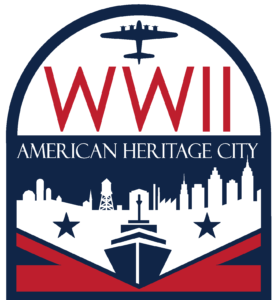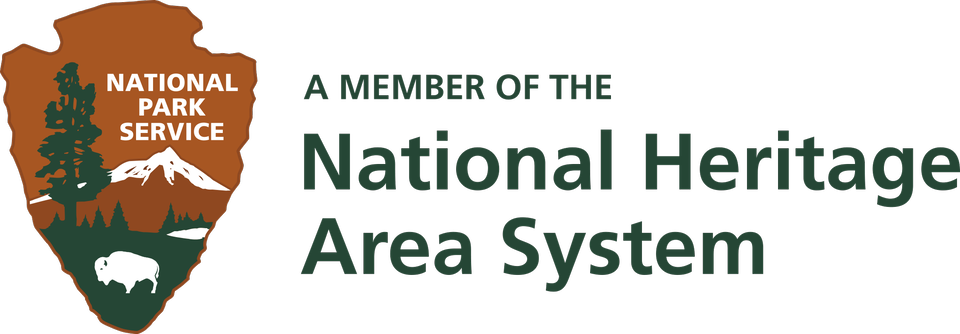With the Oppenheimer film debuting in summer 2023, this itinerary demonstrates Dayton, Ohio’s connection to the man, the movie, and the larger Manhattan Project. Visit the Dayton Project sites before or after watching the movie. (There are no spoilers in this post).
The City of Dayton and surrounding communities played a pivotal role in the Manhattan Project, the name of the atomic bomb mission during World War II. The Dayton Project was a smaller project within the larger Manhattan Project. The Dayton Project’s mission was to create the polonium trigger mechanism to detonate the atomic bombs developed in Los Alamos, New Mexico, the community featured in the Oppenheimer film. The Dayton Project scientists and workers were critical to the overall mission. It is appropriate to honor their scientific creativity and personal sacrifice during a time of war. The Dayton Project had and continues to have a significant impact on the physical and mental health of Dayton Mound workers and their families.
With the Oppenheimer film debuting in summer 2023, this itinerary demonstrates Dayton, Ohio’s connection to the man, the movie, and the larger Manhattan Project. Visit the Dayton Project sites before or after watching the movie. (There are no spoilers in this post).
The City of Dayton and surrounding communities played a pivotal role in the Manhattan Project, the name of the atomic bomb mission during World War II. The Dayton Project was a smaller project within the larger Manhattan Project. The Dayton Project’s mission was to create the polonium trigger mechanism to detonate the atomic bombs developed in Los Alamos, New Mexico, the community featured in the Oppenheimer film. The Dayton Project scientists and workers were critical to the overall mission. It is appropriate to honor their scientific creativity and personal sacrifice during a time of war. The Dayton Project had and continues to have a significant impact on the physical and mental health of Dayton Mound workers and their families.

Dayton’s role in the Manhattan Project is one of many reasons the National Park Service named Montgomery County (City of Dayton) an American WWII Heritage City in late 2022. Learn more about that designation here.
Notes: Unit II – Good catch! Where is Unit II? Unit II was located on St. Route 741 in Miamisburg, Ohio across from today’s Cox Arboretum, this was a Monsanto property, but not associated with the Dayton Project.
More Resources:
Polonium in the Playhouse: The Manhattan Project’s Secret Chemistry Work in Dayton, Ohio


